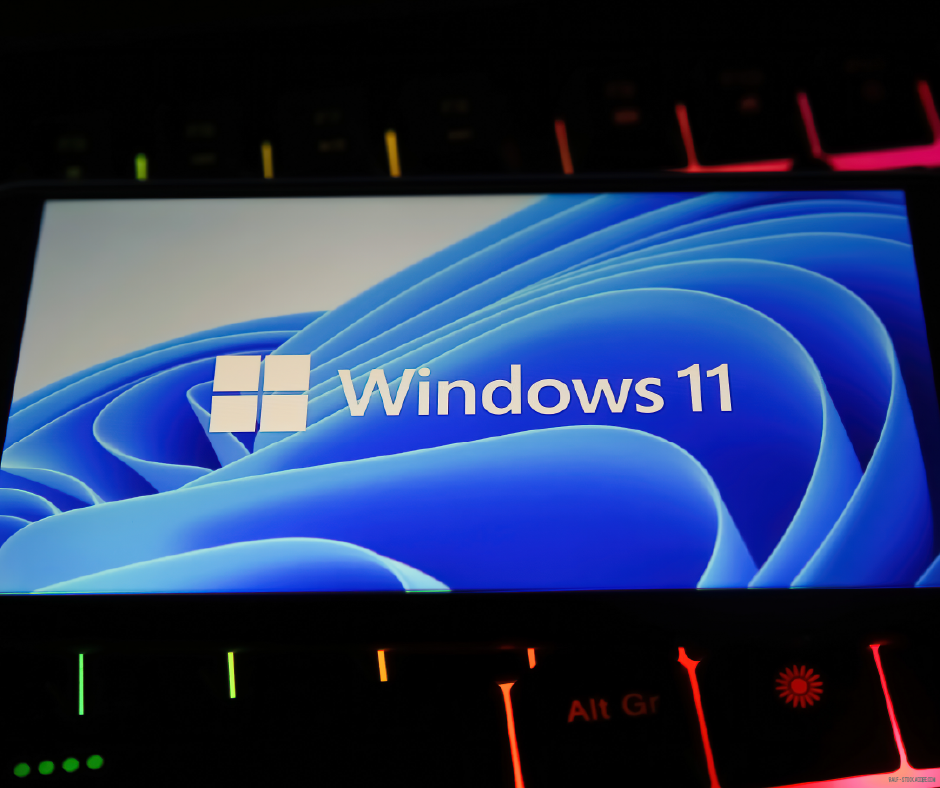With Windows 10 set to be phased out in 2025, businesses and individuals must start budgeting for Windows 11. This transition is not just about upgrading to a new operating system but also about reaping the benefits, understanding hardware considerations, leveraging AI enablement, and enhancing.
Benefits of Upgrading to Windows 11
First and foremost, Windows 11 offers a host of benefits that make the upgrade worthwhile. The new interface is more user-friendly and visually appealing, with a centered Start menu and taskbar that enhance productivity. Moreover, Windows 11 boasts better performance, with faster boot times and improved efficiency in multitasking. Notably, the integration of Microsoft Teams directly into the taskbar simplifies collaboration and communication.
Additionally, Windows 11 supports Direct Storage, which significantly reduces load times for games and large applications. This feature, coupled with Auto HDR for enhanced visual experiences, makes Windows 11 a compelling choice for both gamers and professionals.
Hardware Considerations
When budgeting for Windows 11, hardware considerations are paramount. Windows 11 has specific hardware requirements that differ from Windows 10. For instance, a compatible 64-bit processor with at least 1 GHz clock speed, 4 GB of RAM, and 64 GB of storage is necessary. Additionally, the system must have UEFI firmware with Secure Boot capability and TPM version 2.0.
Given these requirements, older devices may not be compatible with Windows 11, necessitating hardware upgrades. Investing in new hardware can be a significant expense, so it’s vital to assess current systems and plan for necessary upgrades. Furthermore, devices that meet these specifications will provide better performance and security, aligning with the advanced features of Windows 11.
AI Enablement
One of Windows 11’s standout features is its AI enablement, which enhances user experiences and productivity. AI-powered features like Snap Layouts and Snap Groups facilitate better multitasking and window management. These tools allow users to organize their workspace efficiently, improving workflow and reducing time spent managing open applications.
Moreover, AI integration in Windows 11 extends to voice recognition and virtual assistants, making interactions with the OS more intuitive and hands-free. This is particularly beneficial in environments where multitasking is essential, such as in customer service or creative industries.
Enhanced Security
Security is another critical aspect to consider when budgeting for Windows 11. With cyber threats becoming increasingly sophisticated, Windows 11’s advanced security features provide robust protection. The OS includes features like hardware-based isolation, encryption, and malware protection, ensuring that data remains secure.
Windows 11 also introduces new security measures, such as Windows Hello for Business, which offers passwordless authentication, reducing the risk of phishing attacks. Additionally, the OS supports hypervisor-protected code integrity (HVCI) and Secure Boot, which helps prevent attacks from malicious software and ensure the integrity of the system.
Budgeting Tips
- Assessment and Planning: Begin by assessing your current hardware and software infrastructure. Identify devices that meet the Windows 11 requirements and those that need upgrades. Planning ahead can help spread out the costs and avoid a large upfront investment.
- Leverage Trade-In Programs: Many manufacturers offer trade-in programs for old hardware. Taking advantage of these programs can reduce the cost of new devices compatible with Windows 11.
- Consider Subscription Models: Microsoft offers subscription models like Microsoft 365, which include access to the latest Windows OS updates. This can be a cost-effective way to stay current with Windows 11 without a large initial investment.
- Training and Support: Budget for training and support to help your team transition smoothly to Windows 11. Investing in training ensures that users can fully utilize the new features and capabilities of the OS.
Conclusion
Budgeting for Windows 11 is a necessary step as Windows 10 approaches its phase-out in 2025. By understanding the benefits, hardware considerations, AI enablement, and enhanced security features, you can make informed decisions to ensure a smooth transition. Starting early and planning meticulously will help you maximize the advantages of Windows 11 while managing costs effectively.
With Windows 11, you are not just upgrading your operating system; you are investing in a future-proof platform that enhances productivity, security, and user experience.
About PTG
Palmetto Technology Group (PTG) is an award-winning IT support and managed service provider headquartered in Greenville, South Carolina. We believe in delivering phenomenal IT experiences by people you’ll love.
As a trusted partner, our goal is to help business owners lower their risk, secure their data, and promote productive employees. To learn more, book a meeting with one of our solutions specialists here.
